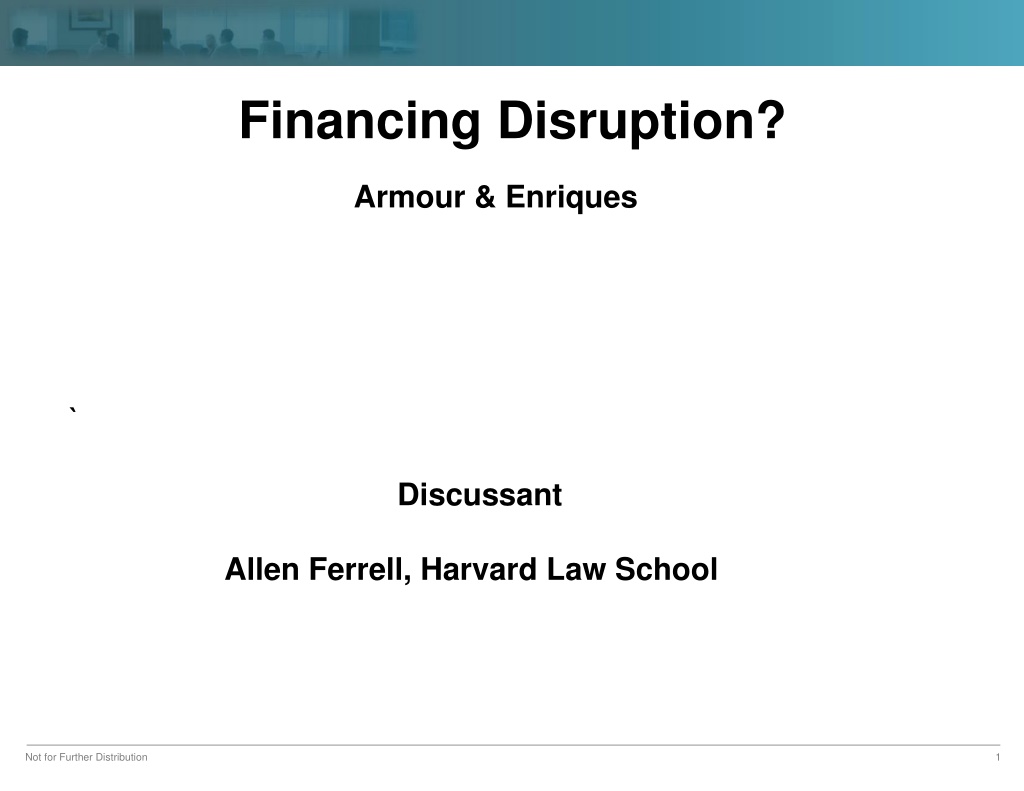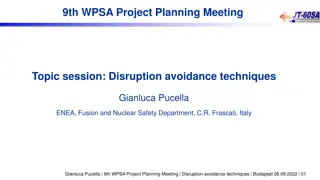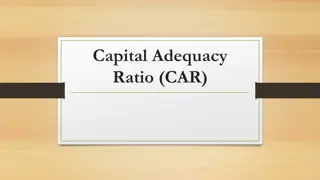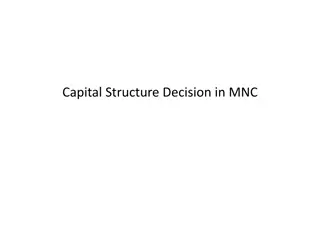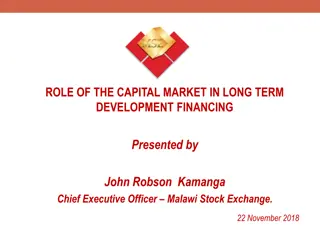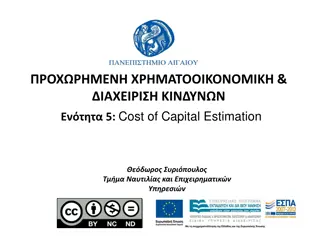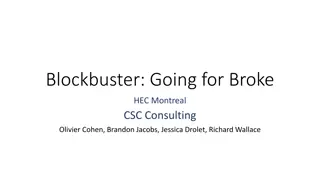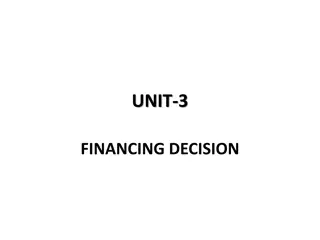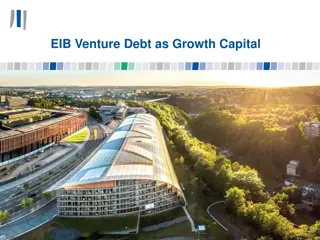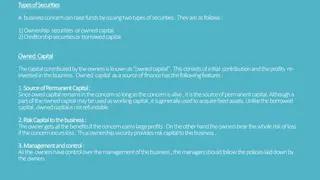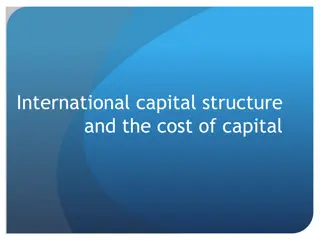Financing Disruption in Innovation and Capital Supply
Exploring the intersection of financing, disruption, and innovation in the context of firm-level projects. Discussions touch on market inefficiencies, information asymmetry, and the impact of IPOs on innovation. Selective evidence suggests market responses to growth stocks, R&D increases, and post-IPO innovation levels. Policy implications emphasize the need to address limited expertise in new technologies.
Download Presentation

Please find below an Image/Link to download the presentation.
The content on the website is provided AS IS for your information and personal use only. It may not be sold, licensed, or shared on other websites without obtaining consent from the author. Download presentation by click this link. If you encounter any issues during the download, it is possible that the publisher has removed the file from their server.
E N D
Presentation Transcript
Financing Disruption? Armour & Enriques ` Discussant Allen Ferrell, Harvard Law School Not for Further Distribution 1
Big Topic 1. Institutional structure that supports firm-level innovation 2. A little more specifically: Potential benefits of linking supply of capital with knowledge of the project ` Not for Further Distribution 2
Two Literatures 1. Venture Capital Literature: Gompers & Lerner; Gilson ( braided contracts ) 2. Innovation at the firm-level: See, e.g., Aghion, Reenen & Zingales (2013); Bernstein (2015) Not for Further Distribution 3
General comments on exposition 1. Distinguish between information asymmetry and incomplete information stories 2. Distinguish between market efficiency and market inefficiency stories 3. Specific about the most important source of market failure in their opinion Not for Further Distribution 4
Whats the problem? 1. Stein (1988) story: managers judged on what can be observed which then affects incentives. See also Aghion, Reenen & Zingales (2013) 2. Pooling of good and bad innovation projects by the market which then affects incentives to engage in innovation. In this story, market still gets it right on average 3. Undervaluation of innovation Market inefficiency story Not for Further Distribution 5
Some selective evidence (1) Fama-French book-to-market factor Lakonishok, Shleifer & Vishny (1994): low returns on growth indicates market overvalues growths stocks (2) Fama & French (2002): IPO incidence of low-profitability high-growth firms is a long-term phenomenon (3) Eberhart et al (2004): market under-reacts to increases in R&D Cifci, Lev and Radhakrishnan (2009): same as Eberhart but firm-level earnings guidance removes this Not for Further Distribution 6
(4) Bernstein (2015): Firms that have an IPO do less innovation Not for Further Distribution 7
What does this mean for policy? (1) Is there a market failure? Central problem [is] the strictly limited pool of expertise regarding a new technology. Returns to acquiring expertise (venture capital, institutional investor) (2) Are IPOs the wrong focus assuming we want to encourage innovation? (3) Maybe some innovation is wasteful Not for Further Distribution 8
Externalities to basic research (1) Governmental funding of scientific research (2) Prizes (3) Give money to universities Not for Further Distribution 9
